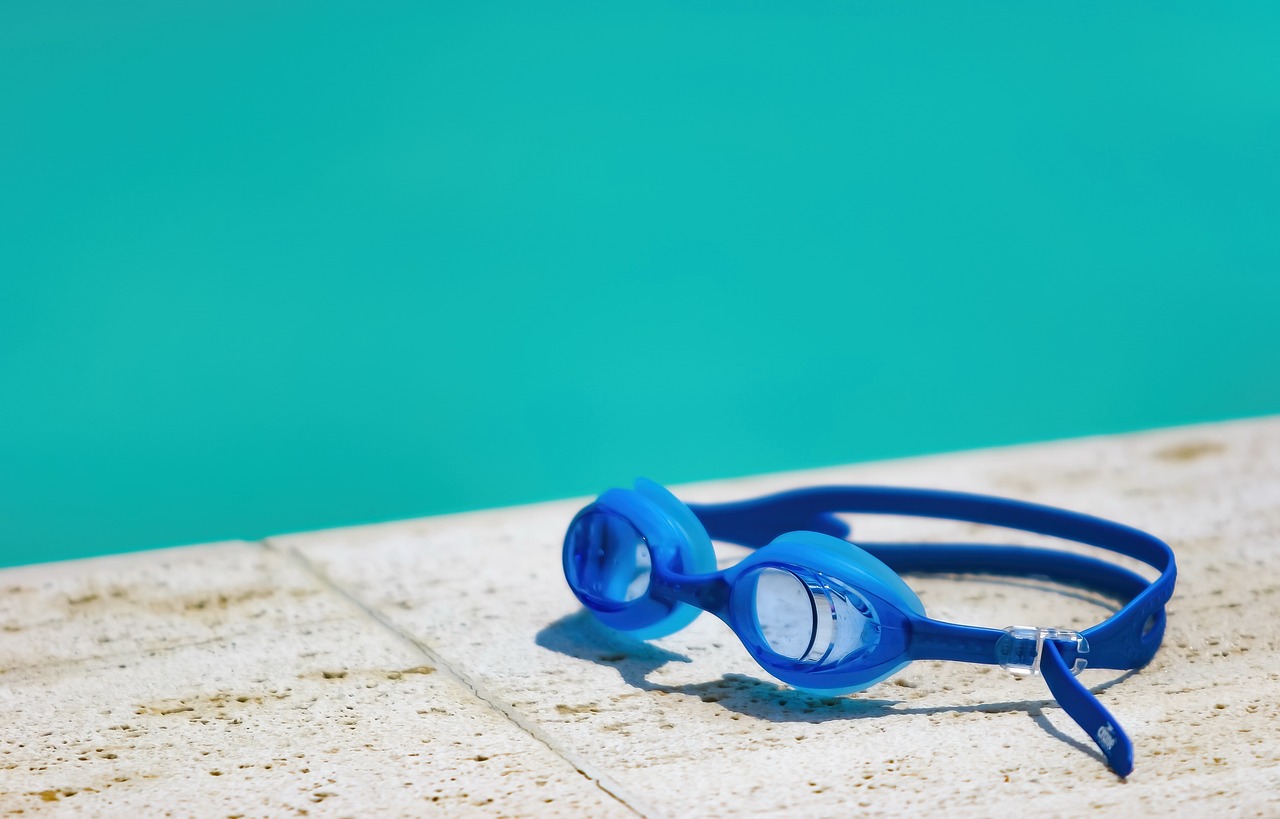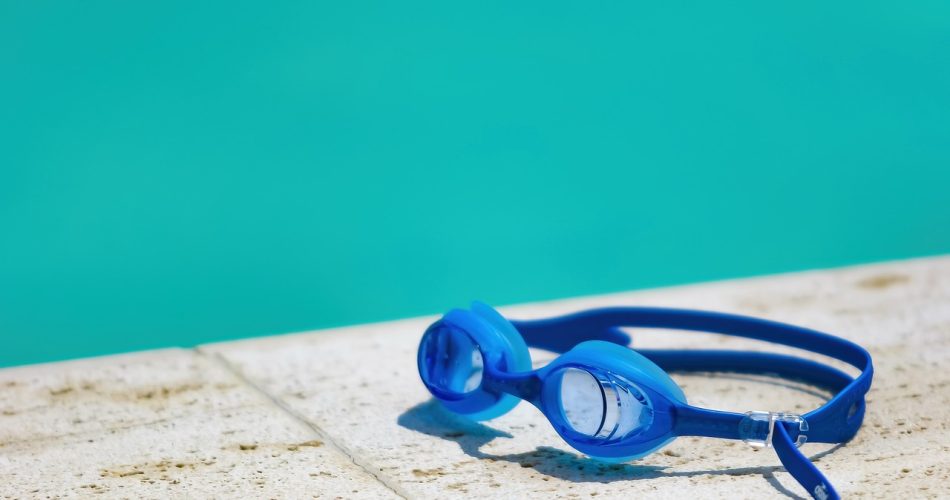
Millions of people worldwide rely on contact lenses, including reusable ones, for their vision correction needs. However, these plastic lenses have a limited lifespan and need to be replaced regularly. In a recent pilot study published in ACS’ Environmental Science & Technology, researchers have discovered that contact lenses exposed to sunlight over time can release tiny fragments of plastic. While the health implications of this are still unclear, it is crucial to understand where microplastics can be found and how they can impact different systems.
When studying microplastic pollution in aquatic environments, scientists typically filter plastic fragments from large volumes of water samples. They then manually count these fragments using a microscope, a method that is time-consuming and inconsistent. Although some automated alternatives have been developed, they still require significant time investment. In light of this, Bing Wu and colleagues aimed to create an automated method that could rapidly detect and quantify microplastic particles in small samples, such as contact lenses.
To conduct their study, the researchers collected six different types of contact lenses from various brands, each with different lifespans. These lenses were stored in water and exposed to simulated sunlight using a lamp. Additionally, they were rinsed with water every 10 hours to mimic normal wear and care. After the lenses had received the equivalent of 30 or 90 days of sunlight exposure, the water in which each lens was stored was analyzed.
To determine the number of microplastics in the samples, the researchers developed an automated system that captured microscopic images and processed them to quantify any microplastics present. When compared to manual analysis, the new system proved to be quicker and more accurate when testing samples with standard amounts of microplastics. Notably, no microplastics were detected in the absence of simulated sunlight. However, as the contact lenses were exposed to the equivalent of 90 days of sunlight, increasing amounts of shed microplastics were observed. Lenses with shorter lifespans exhibited the highest levels of microplastic release following this exposure.
Based on their findings in this small-scale study, the researchers estimate that certain lenses could shed over 90,000 microplastic particles per year if worn for 10 hours a day. Although the direct impact of microplastic exposure to the eyes on human health is currently unknown, the researchers emphasize the urgent need for further studies in this area.
The authors of the study gratefully acknowledge funding from the National Natural Science Foundation of China, the Fundamental Research Funds for the Central Universities, and the Excellent Research Program of Nanjing University.

